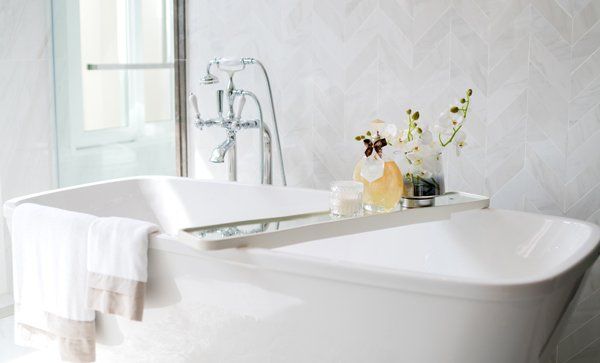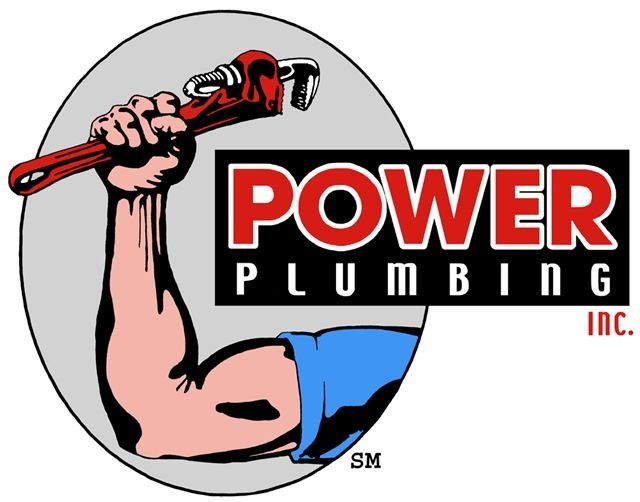What You Need to Know About a Slow Tub Drain

Is your tub slow to drain? If your showers end in a full tub of water, take a look at the questions you need to ask about this common plumbing problem right now.
Why Did the Tub Clog?
Some clogs are gradual plumbing problems, while others happen suddenly or with little warning. Whether your tub has slowed over the course of days, weeks, or months, or it worked yesterday but not today, the most common culprits include:
- Hair . While a few strands won't stop the flow of water, over time, loose hair can gradually clog your tub's drain.
- Soap . Combine hair with leftover soap or body wash products and it will restrict the flow of water down your tub's drain.
- Hard water . You have a hair strainer and don't put soap down the drain. But the tub still clogs. You may have hard water. The mineral buildup from hard water can gradually cause your tub to slow or stop draining.
Along with these clog-causers, objects that accidentally fall into the tub can slow the drain. Your child's bath toys, a toothpaste tube cap, hair accessories, or razor blades can cause a slow-to-drain bathtub.
Do You Need to Repair the Tub?
Your tub drains slowly, but water can still get through. Does this mean you can let the plumbing problem go? Even though your tub may eventually fully drain, you need to repair it as soon as possible.
Why do you need to fix a slow-to-drain tub? The top reasons include:
- Additional issues . The clog will not likely pass without intervention. This means a slow-to-drain tub will continue to accumulate buildup, and eventually, the tub will clog completely.
- Other damage . A tub backup can spill onto the floor. The flooded tub's overflow can leak through the floor into the ceiling below, rot wood, lead to mold growth, or cause other types of similar damage.
- Serious plumbing issues . While some clogs start near the drain, others may indicate a deeper (and more serious) problem.
If you're not sure why the drain is slow, you need a professional plumber to investigate the issue. The plumber can locate the cause of the clog and recommend a repair.
What Type of Repair Is Necessary?
The plumber will base the repair on the specific cause of the clog, which makes an expert diagnosis necessary. This plumbing repair isn't a do-it-yourself job. Failure to correctly identify or fix the problem could push the clog farther into the drain or result in additional plumbing damage.
Avoid DIY plumbing snakes, chemical cleaners, or homemade remedies. These can pose safety risks or leave the clog in place. Common repairs the plumber may recommend include:
- A plumbing snake. The plumber will put this metal wire tool into your drain and rotate it to remove the clog.
- Hydro jetting. If your slow-to-drain tub's plumbing problem starts deep inside your home's pipes, the professional may need to use high-pressure water. This removes the clog and clears the pipe.
- Pipe cleaning. The plumber may use alternative means (not hydro jetting) to clean the drain and pipes.
- Manual removal. Did the plumber's inspection reveal an obvious issue (such as child's bath toy or toothpaste tube cap) in the tub's drain? If the problem is near the top end of the drain, the plumber may be able to manually remove the offending item.
Along with clog removal and drain cleaning, the plumber can also help you to prevent future problems. These steps may include regular drain cleaning services, a new drain cover, or hard water reduction.
Does your tub have a clog? Contact Power Plumbing Inc. for more information.






